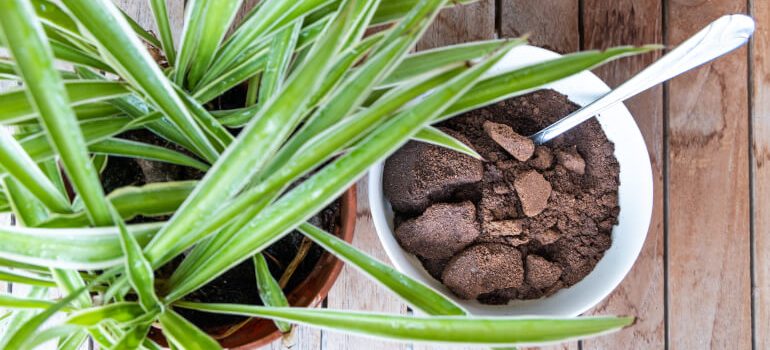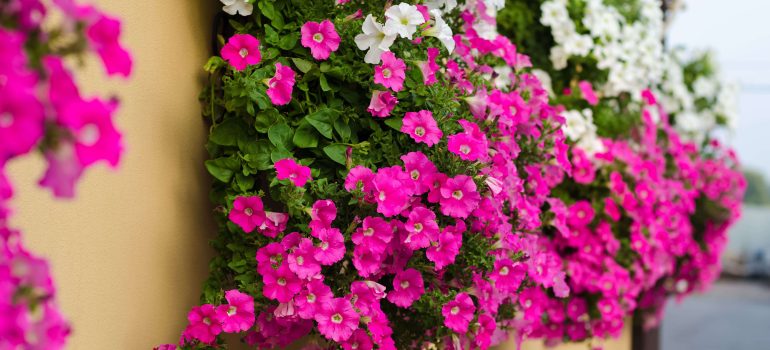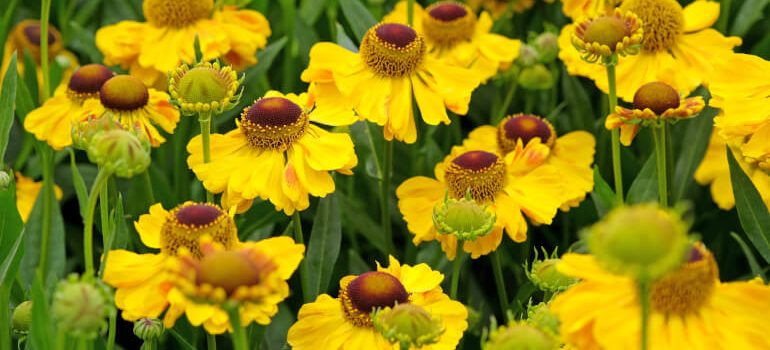In UK gardens, roses are always a favourite. They’re bold, bright, and smell amazing; no wonder so many people plant them year after year. But to keep roses looking their best, you need to not only feed them, but also prune them. It is very important for their health, growth and spreading. Skip pruning, and […]
Tag - flowers
If you’ve ever wondered what to do with your used coffee grounds, your garden might hold the answer. Many gardeners recommend coffee grounds for plants and claim they help with growth, soil health, and even pest control. But is that true, really? The short answer is yes, but only if you use them the right […]
Window boxes bring charm to any home, even one without a garden. They frame windows, add colour and create a welcoming feel. Cascading flowers add to that. These plants spill over the edges, soften lines and add movement. The right mix of plants keeps the exterior vibrant through the seasons and makes your home stand […]
Clay soil is a challenge for many gardeners. Its poor drainage and compacted nature don’t give you too many options when choosing plantlife. Fortunately, today’s market has plenty of plants for clay soils. You can still create the garden of your dreams. Now, you will learn not only how to select the best plants for […]
If you envision your garden as a secluded sanctuary where you can relax and enjoy some peace, it will be of great benefit to improve the privacy of that special place. One way to do that is by strategically planting different beautiful tall-growing plants. They will not only add a touch of botanical elegance but […]





